Generator development history: unveiling the evolution of power generation
- By BISON
Table of Contents
Generators play a crucial role in our modern world, providing power for everything from our homes and businesses to hospitals and other critical infrastructure. They serve as a reliable backup power source during power outages and are essential in remote areas where the electrical grid may not reach.
The generator development history unveils the fascinating journey of power generation, from its humble beginnings to the revolutionary advancements of today. BISON delves into the development history of how generators have evolved over time, shaping the way we harness electricity.
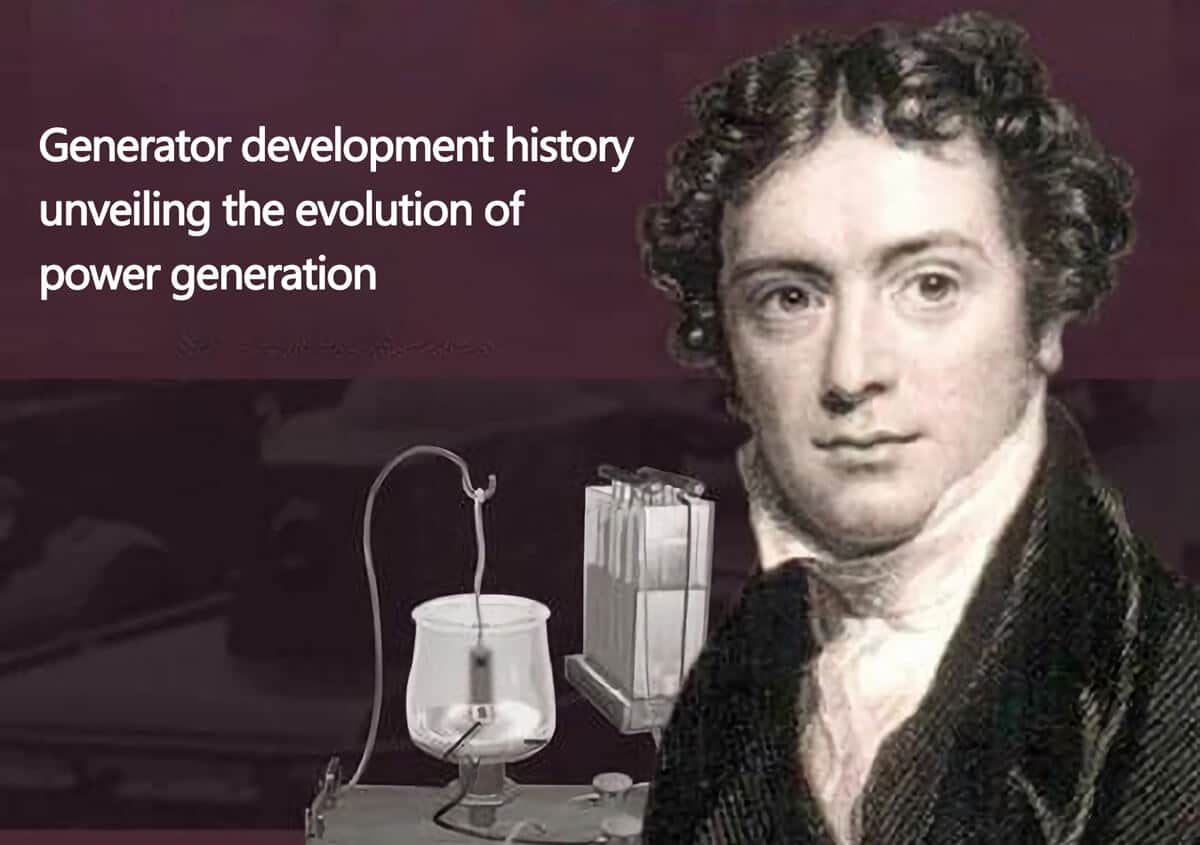
The Birth of the Dynamo: Early Pioneers of Electricity Generation
The early 19th century witnessed the birth of the dynamo, a pivotal invention in the Generator Development History. Michael Faraday, an eminent English scientist, laid the foundation for electrical power generation with his ground-breaking experiments on electromagnetic induction.
This breakthrough innovation marked the birth of the generator, laying the groundwork for the electrification of the world. The dynamo used mechanical energy to produce electrical power through the interaction of a rotating magnet with a stationary conductor.
Early Development:
Michael Faraday’s discovery of electromagnetic induction provided the basis for the development of the first practical electric generator. Invented by Faraday himself, the unipolar generator is the simplest form of generator and produces a constant voltage. Later, the disk generator invented by Werner von Siemens introduced the concept of using a commutator to generate direct current. Zenobe Gramme then invented the compound generator in 1870, which combined the features of series and parallel generators to maintain a constant voltage output regardless of load.
Alternating Current: A Game-Changing Discovery
While direct current (DC) generators powered early electrical systems, the invention of the alternating current (AC) generator propelled generator development to new heights. With his AC induction motor and transformer, the great Serbian-American inventor Nikola Tesla transformed the industry in the late 19th century.
Tesla’s AC technique made it possible to transmit power across great distances with efficiency; this was previously impossible with DC generators. Large-scale power plants were built as a result of this discovery, supplying electricity to whole cities. The widespread adoption of AC generators transformed the world, illuminating streets, powering industries, and improving the quality of life for millions.
Turbines Take Center Stage: The Rise of Power Plants
With the advent of steam turbines, generator development underwent a substantial change in the early 20th century. It was possible to transform thermal energy into electrical power more effectively by using steam turbines in power plants. The development of turbine technology increased power generating capacity, reduced environmental effect, and increased efficiency. To meet the rising demand for energy, steam turbines are still an essential part of power plants today.
Modern generators:
Modern generators are constantly evolving to meet the ever-increasing demand for electricity. High-efficiency generators used in power plants are designed to produce large amounts of electricity with minimal fuel consumption. Portable generators, on the other hand, are designed for use in homes and businesses to provide convenient power during a power outage or where the grid is unavailable.
Modern generators found extensive use in various applications, from remote areas without access to the electrical grid to backup power systems for critical facilities. Their robustness, fuel efficiency, and durability made them a popular choice across industries, construction sites, and even residential settings.
Advancements in Renewable Energy: The Green Revolution
As concerns over climate change and environmental sustainability grew, the focus on renewable energy sources intensified. The Generator Development History witnessed a remarkable transition toward cleaner and greener power generation methods.
With the development of photovoltaic (PV) cells, solar power—which harnesses the energy of the sun—has increased significantly. These cells convert solar energy into electricity instantly, providing a cheap and plentiful source of power. On the other side, by generating electricity utilizing the kinetic energy of the wind, wind turbines aid in the world’s shift to renewable energy sources.
Understanding the generator development history allows us to appreciate the strides made in power generation and the pivotal role generators play in our lives. It sheds light on the evolution of technologies, paving the way for more efficient, sustainable, and reliable power sources.
Today, there are so many different types of generators that there is a generator to suit every need, making it an integral part of the modern world.
FAQs about making your generator quiet
Are diesel generators still relevant in the age of renewable energy?
Diesel generators, a portable and dependable source of power, were also developed in the early 20th century. German engineer Rudolf Diesel invented the compression-ignition engine, sometimes referred to as the diesel engine, which completely changed the industry. By using the force of compression to ignite fuel, these engines offered a reliable and flexible substitute for steam turbines.
Due to their mobility, adaptability, and dependability, diesel generators continue to be useful despite the rising popularity of renewable energy. They are used in rural locations where renewable infrastructure is still being developed as backup power sources.
What does the future hold for generator development?
With an emphasis on producing power more cleanly and effectively, the development of generators appears to have a bright future. The next generation of generators is anticipated to be shaped by developments in energy storage, artificial intelligence, and micro grids, offering reliable and sustainable power solutions.
Most Popular Posts
QUESTIONS?
CONTACT US TODAY.
buy?
Related Posts
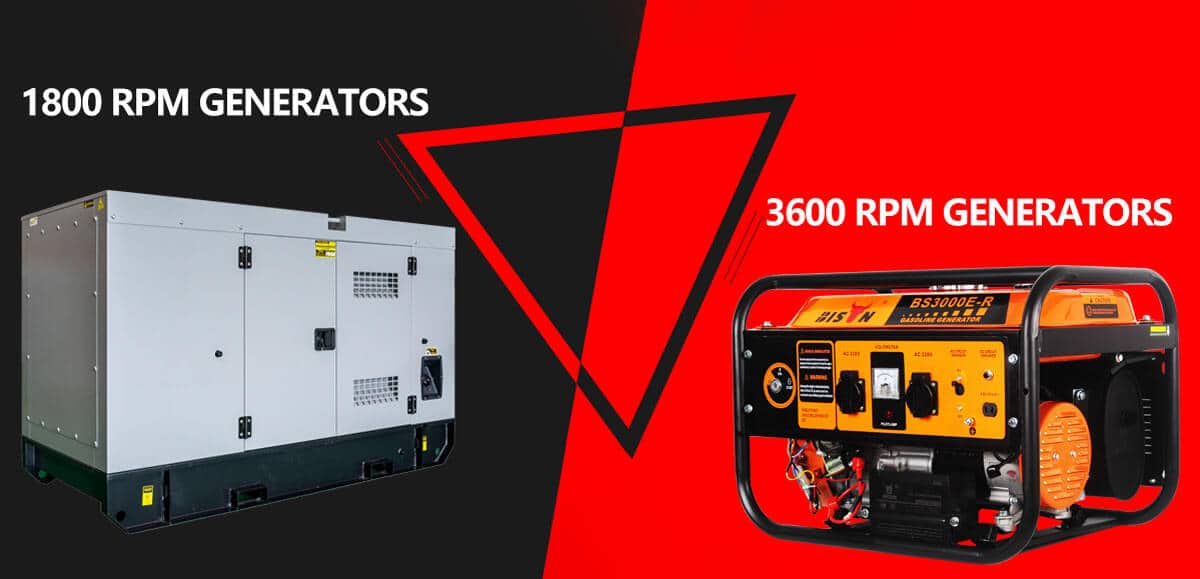
understanding differences: 1800 RPM vs 3600 RPM generators
difference between 1800 RPM and 3600 RPM generators. In this article, BISON takes a closer look at their design, construction, and the technology that drives them…
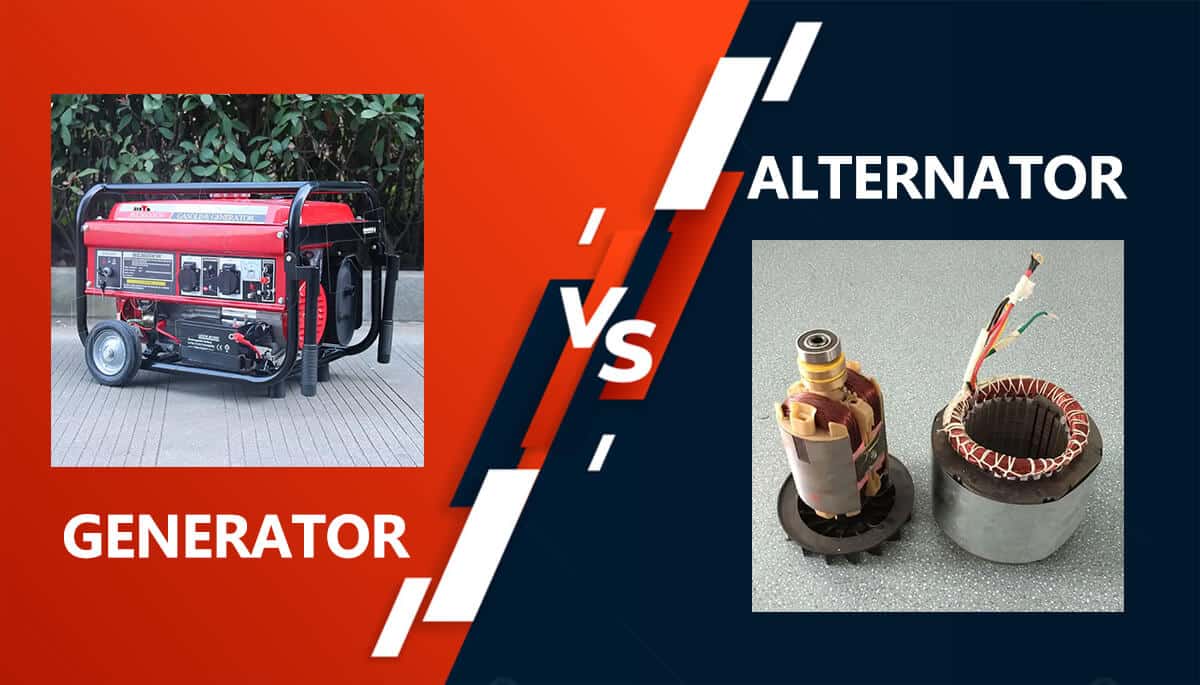
decoding power: alternators and generators
we’ll learn the basics of generators and alternators. We’ll see the components of generators and alternators and learn how they work.

generators burn oil | why, signs, effects, causes & solutions
BISON will delve into understanding why generators burn oil and what signs to look out for that indicate excessive oil consumption.
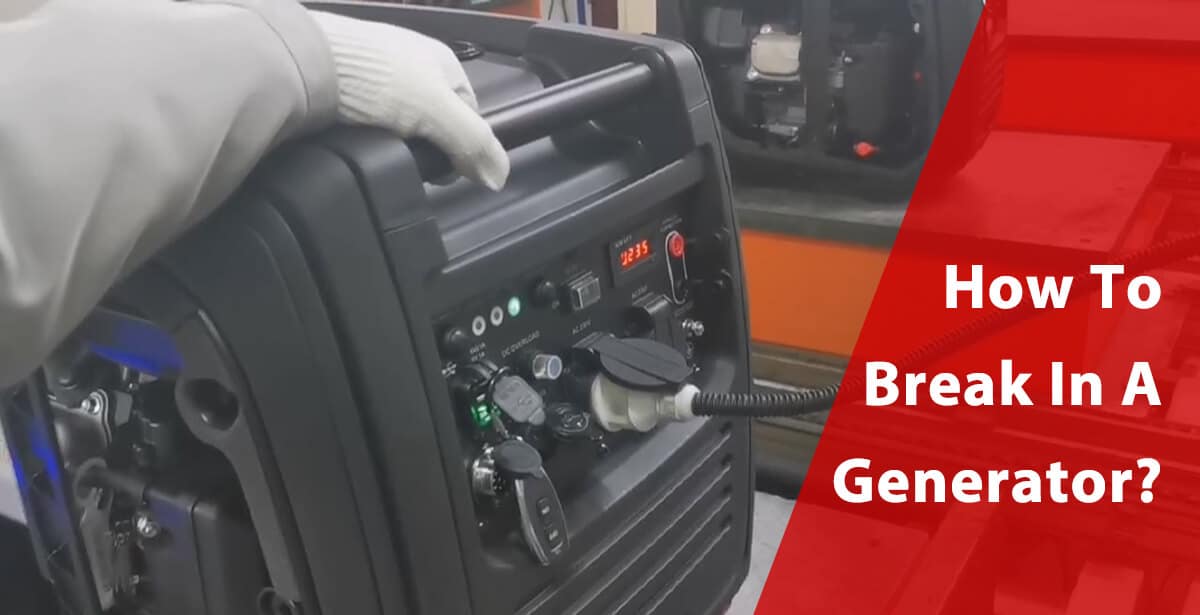
how to break in a generator
BISON will dive into the importance of breaking in your generator, provide a step-by-step guide, and discuss the potential consequences of not performing this critical step correctly.
Related Products
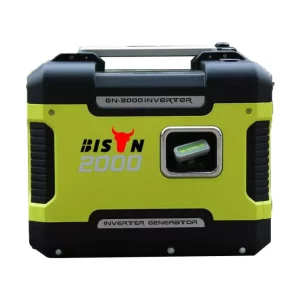
2000W Inverter Generator
– Product Parameter Place of Origin: Zhejiang, China (Mainland) Model Number: BS2000I Output Type: AC
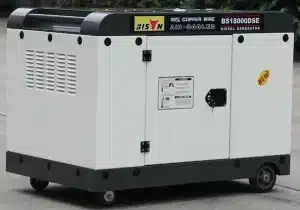
home use air cooled single phase silent type diesel generator
BISON is a leading manufacturer of diesel generators in China. The BS12000DSE sports a heavy-duty metal frame and four-point
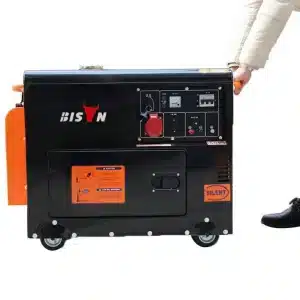
home 6kw diesel backup generator
BISON home 6kW diesel backup generator is mainly designed to generate electricity which is powered

2kva silent smallest diesel generator
2kva silent smallest diesel generator has an intelligent system it automatically starts when the power
.png)
-qbpqbzxxvtguiuwezisu6wo6j1i29b4m1el1ir1u8o.png)

